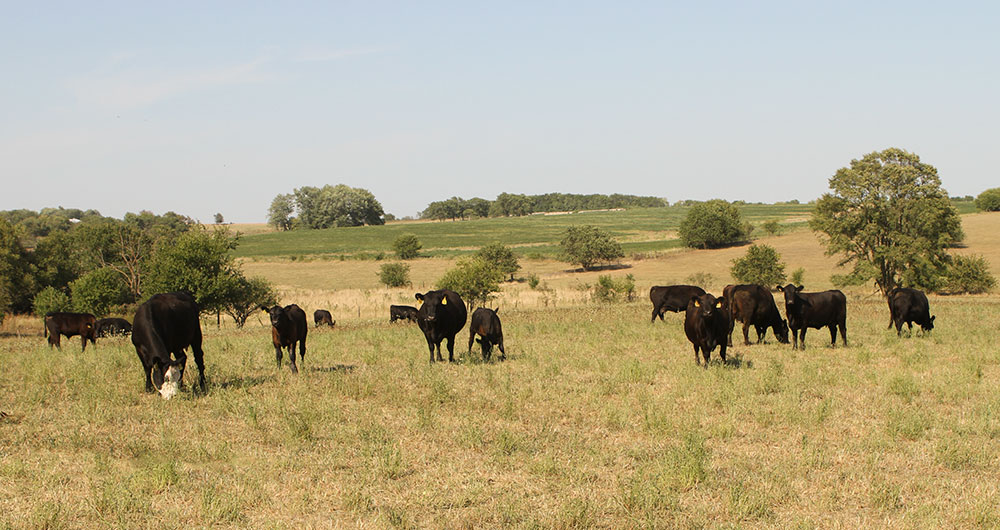
Drought Insurance
A tool is available to help operations get through dry times, but needs enrollment before the rains stop.
by Kasey Brown, associate editor

Crop insurance gets a lot of press when weather conditions are tough, but there is also a risk-management tool available for livestock producers during drought. Livestock producers can enroll in the Pasture, Rangeland and Forage (PRF) rainfall index program.
Pasture, rangeland and forest account for the largest acreage of managed land in our nation, says Ned Gardiner, climate visualization manager and National Oceanic and Atmospheric Administration (NOAA) contractor.
Diane Bradley, PRF specialist from Claremore, Okla., explains that this rainfall index program is federally subsidized, authorized by the Farm Bill, and available for grazing ground or land in a perennial hay crop. It’s essentially a safety net for livestock producers when they have to buy more hay because of drought.
Crop insurance is based on production losses, but that’s hard to tell with livestock. So, explains Amy Roeder of USDA’s Risk Management Agency, they use an index to calculate losses for hay and forage crops, and it serves as a proxy for production losses.
Well before the grazing period, producers pick two 2-month periods for which to have insurance coverage.
Bradley explains that it’s an insurance policy that pays you. It pays out when rainfall in any selected two-month period is less than 90% of the historical average. This average is calculated by the NOAA with its gridded precipitation index that has historical data points from 1948.
She adds that there is no need for adjusters, no production history to maintain and no claim paperwork. NOAA records the rainfall, and if it’s less than 90%, a check is issued. There is no upfront cost, because the premium is due the end of the coverage period.
You can get past payout history for your own area before enrolling. It could still be useful in wet years, she says, because there can still be dry periods within that year that qualify for the indemnity check.
For more information, send questions to diane@insuremyforage.com.
Editor’s note: Photo by Leann Schleicher.























